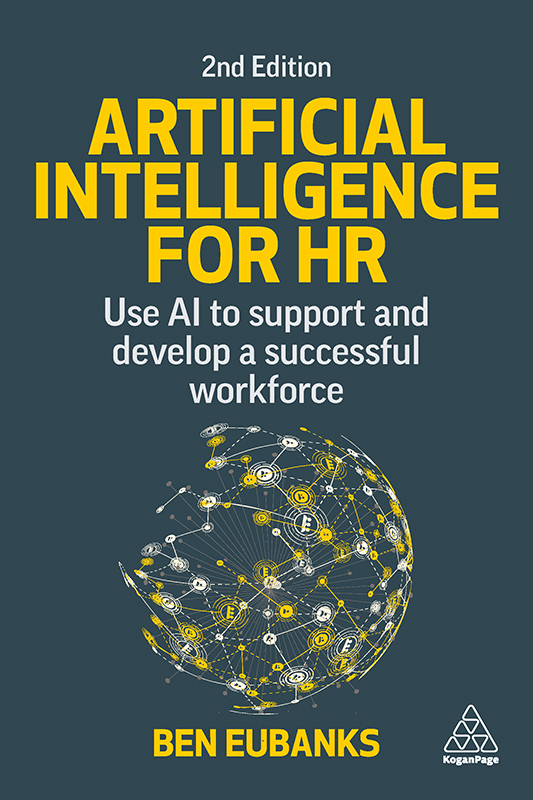
Contents
Landmarks
List of Figures
List of Tables
Page List
Praise for Artificial Intelligence for HR
I found Bens book to be a very useful distillation of a complex and increasingly important area of HR capability and investment. My students, future HR leaders, gained tremendous insight into AI for HR and the facilitating role it will soon play in the best organizations for people. Artificial Intelligence for HR demystifies a complex topic and contextualizes what some regard as just the latest HR fad. It is a well-organized and well-written book worth reading by HR leaders, educators and students. Despite the title, its really all about people!
John Haggerty, Senior Lecturer, HR Studies at Cornell University
The HR landscape has changed dramatically over the last three years. As the War for Talent continues to escalate, the value of the business-minded, technologically aware HR professional has increased. Whats needed are HR professionals who view AI and other technology as an augmentation to HR, giving them the ability to be business consultants versus the more common, reactive HR. Bens book explores how HR professionals are using new technology to transform their businesses and the industry as a whole. If you are in search of a data-packed, transformational book, Id encourage you to take the time to dive deep, take notes, and transform your own business with what you learn.
Trent Cotton, VP Talent Acquisition and Retention at Bureau Veritas and Author of Sprint Recruiting
Artificial Intelligence for HR is a must-read for those involved with human resources. Bens dedication and passion for HR promotes instrumental success for organizations and leaders alike. This book offers insights into the ever-changing HR environment and navigation through new AI technology while still promoting the evolutionary development of human resource professionals.
Jamie McCall, Director, Talent Acquisition at The Henry M. Jackson Foundation for the Advancement of Military Medicine
Ben does an excellent job helping HR leaders who have historically been trained with deep departmental expertise apply new AI technologies to their domains. More importantly, he helps them transition to strategically addressing the workforce with consumer experiences which earn their loyalty, net promotion, retention, and engagement the same as we experience in our personal lives.
Randy Womack, CEO, Socrates.ai
Todays HR leaders must understand technology to thrive in the modern business environment and AI is one of the most transformational technologies of our age. This is often an intimidating reality for HR professionals since many signed up not realizing digital acumen was a top skill for career success. Fortunately, Ben has translated his wealth of experience and expertise into an easy-to-follow handbook. He simplifies the complexity of AI and highlights pragmatic opportunities for every HR function. Its a must-read for any HR professional looking to thrive in todays disruptive environment.
Christopher Lind, Chief Learning Officer at ChenMed and Founder, Learning Sharks
Contents
Figures
Tables
Ben Eubanks is an author, speaker and researcher. He spends his days as the owner and Principal Analyst at Lighthouse Research & Advisory.
He has authored hundreds of reports, ebooks and other resources over the course of his career. He also maintains upstartHR, a blog that has touched the lives of more than one million business leaders since its inception. He is the host of Were Only Human, a podcast that examines the intersection of talent and technology in the workplace through interviews with business leaders, researchers and other insightful guests. Were Only Human is one of the featured shows on HR Happy Hour, the worlds longest-running HR podcast network.
Previously an HR executive for an Inc. 500-ranked global technology startup, he currently operates Lighthouse Research & Advisory, a human capital research and advisory services firm. He works with HR, talent and learning leaders across the globe to solve their most pressing business challenges with a research-based perspective tempered by practical, hands-on experience. He also supports technology vendors with a wide variety of content, thought leadership and advisory services.
Most importantly, he has four children, a wonderful wife of 10-plus years and a preference for running in a variety of outlandish races for fun.
Artificial intelligence. The very words conjure up images of robots taking over the world. And, after all the science-fiction movies over the last forty to fifty years or so, of course they would. Weve long been fascinated with the idea that a robot can be like a human; that a robot can perform human tasks. But, when you look back to the early years of robotics, the thought of a thing having any type of artificial, human-like intelligence seemed like a dream for far into the future.
Today, those dreams are now a reality. Although still in its early stages, artificial intelligence as it relates to employees and the work we do is quickly becoming something that human resources leaders need to be aware of and educated about. This adds to the ongoing arsenal of tools and topics that HR is responsible for. Do you remember ten years ago when this thing called social media was new and something we all had to learn from a business perspective? It seemed very scary because of all the unknown factors. We quickly got up to speed, researched and wrote policies and procedures to prepare. Transparently, we also failed on some, rewrote them and re-examined our approaches. What we learned from that experience is HR professionals need to be keenly aware of how technological advances and communication impact the workplace. We also have to be at least a step or two ahead of the rest of the employees so that we provide the insight and advice our organizations need.
Artificial intelligence in the workplace is similar. We cannot turn a blind eye, or say, We will learn about this later. Later is too late. The fact that you are reading this book means that you have taken the first of many positive steps in expanding your knowledge and opinions of AI and how to use it, and it also means that you are forward thinking in how it applies to your organization. What are the areas in which your employees are currently not working in an effective manner? How can technology be used to supplement the existing workflows in order to increase productivity or engagement?
As you dive into each chapter, there are a few things to keep in mind to help ensure you make the most of the journey. First, be open-minded. Since the capabilities of machine learning are constantly developing, so are our reactions to and applications of that learning. Artificial intelligence and machine learning can be scary for many people. Coming back to the notion of robots taking over our jobs, employees may be under the impression that AI will help replace them. We know that HR is cast as the watchdog of our organizations in terms of keeping the status quo, maintaining continuity and minimizing risk. This is one time where that will not benefit your organization, your employees or your own development. Read each chapter with a curious, open mind. Really consider whether each suggestion or example could make you or your organization better, more productive or more engaged.
Next, think about the impact to process and workflow. Organizations tend to get stuck in their old ways and do not make time to re-examine them very often. Use this opportunity to think about the current processes you have in place and how artificial intelligence can positively impact changes and improvements in the workflows. The opportunity for you as an HR professional to positively impact these workflows is great. It opens up you and your team to circumstances that require strategic planning. In fact, you may find that before you adopt some of the technologies enhanced by artificial intelligence, you need to go through a needs assessment and make changes to existing processes and workflows. This is a common challenge with any technology selection and implementation. After all, who wants to automate the wrong processes?
Next page

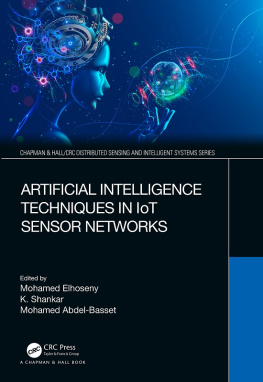
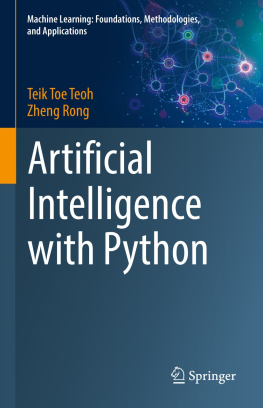

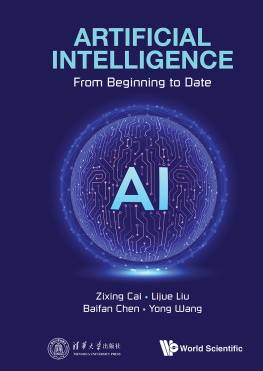
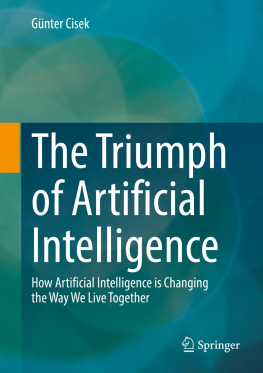
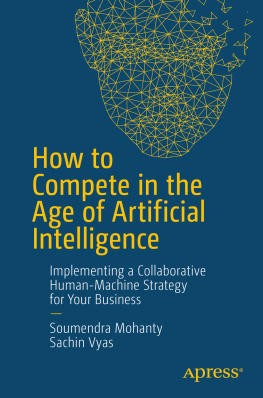
![Jim Sterne [Jim Sterne] - Artificial Intelligence for Marketing](/uploads/posts/book/124040/thumbs/jim-sterne-jim-sterne-artificial-intelligence.jpg)
